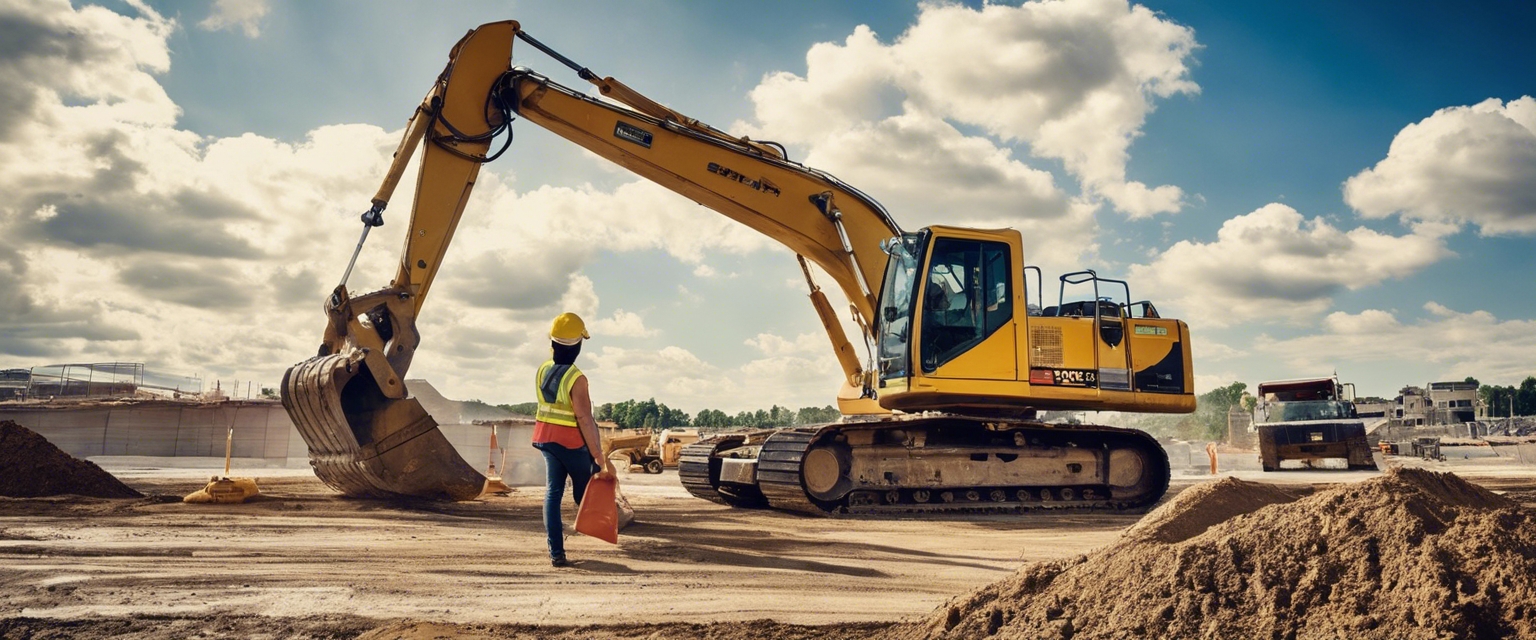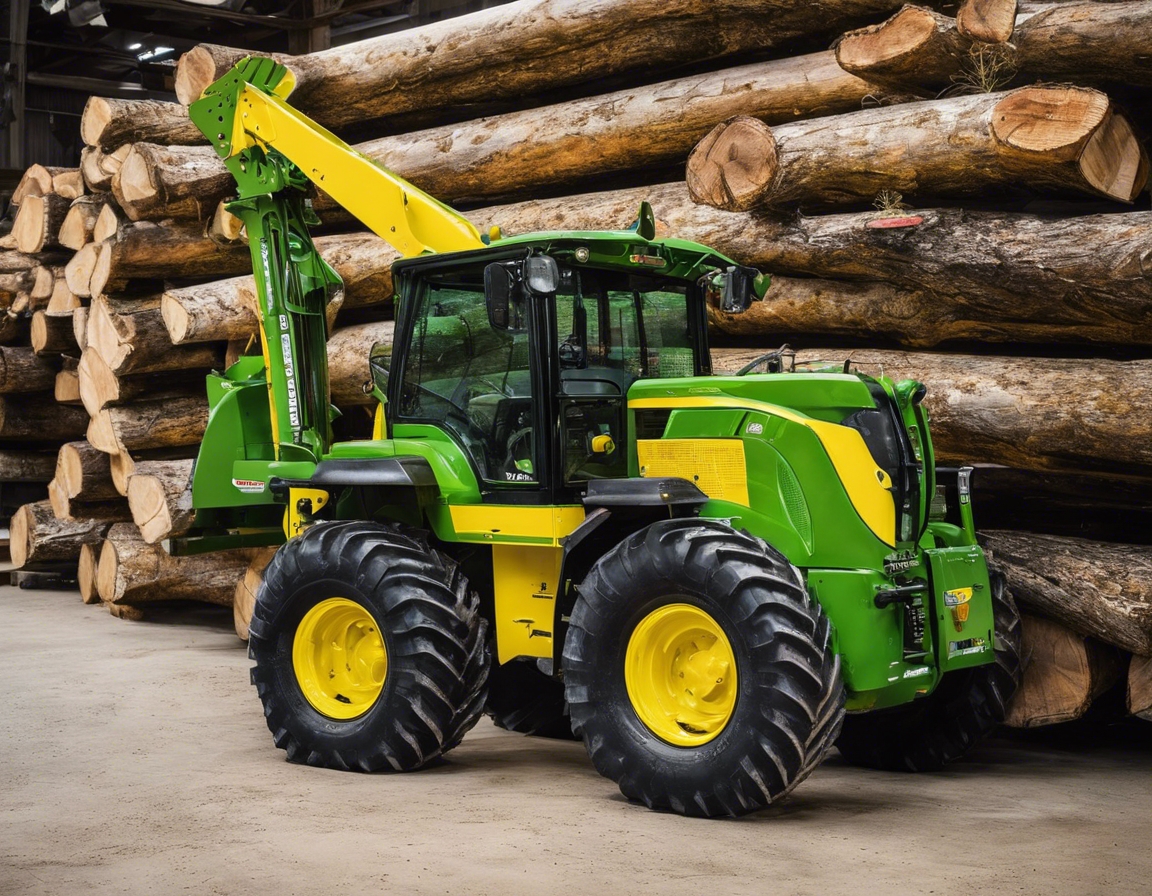The sustainable choice: eco-friendly building materials
The construction industry stands at a crossroads of progress and responsibility. As the world grapples with climate change and environmental degradation, sustainable construction practices have become more than a trend—they are a necessity. Eco-friendly building materials are pivotal in this transformation, offering a path to reduce carbon footprints, conserve natural resources, and create healthier living environments.
Driven by consumer demand and regulatory pressures, the construction sector is increasingly adopting green building practices. This shift is not only ethical but also economical, as sustainable buildings often lead to reduced energy costs and increased property values.
Types of Eco-Friendly Building Materials
Wood from sustainably managed forests, bamboo with its rapid regrowth rate, and straw bales are traditional materials making a comeback in modern construction. These materials are renewable, biodegradable, and have a low carbon footprint.
Recycling materials like steel, glass, and plastic not only reduces waste but also requires less energy compared to producing new materials. Recycled content products are increasingly popular in green building projects.
Emerging materials such as hempcrete, made from the hemp plant, mycelium, a natural fungal network, and ferrock, a concrete alternative made from recycled materials, are revolutionizing the industry with their sustainable properties and innovative applications.
Benefits of Using Sustainable Building Materials
Choosing eco-friendly materials significantly reduces the environmental impact of construction projects. These materials often have a lower carbon footprint, require less water, and minimize waste.
Materials that are non-toxic and free from harmful chemicals contribute to a safer construction process and healthier indoor air quality for occupants.
While some sustainable materials may have a higher upfront cost, they can lead to long-term savings through energy efficiency, durability, and low maintenance requirements.
Challenges in Adopting Eco-Friendly Materials
Despite growing popularity, some eco-friendly materials are not widely available, which can pose challenges for construction projects in certain regions.
Navigating the complex landscape of building codes, certifications, and green building standards can be daunting for professionals in the industry.
The successful implementation of sustainable materials often requires specialized knowledge and skills, which can be a barrier for some construction teams.
How to Choose the Right Eco-Friendly Materials for Your Project
When selecting materials, it's crucial to consider the entire lifecycle impact, from extraction and production to disposal or recycling.
Materials should be chosen based on the local climate and geography to ensure they perform effectively and contribute to the sustainability of the project.
It's important to select materials that not only meet environmental standards but also align with the design and aesthetic goals of the project.






Comments (0)